Do you find yourself feeling overwhelmed with this whole “list building” thing?
And wondering if it’s actually possible to make money from your list?
Does it feel that you’re not “loving up” your subscribers as much as you should?
These are common concerns, and ones that stop many business owners from truly connecting with their people. Instead, they work hard to build their list, but then don’t take the next all-important step: engaging with their subscribers.
And sadly, once someone’s been on your list for a year or two (or even a month or two) without much engagement, you might as well start from scratch.
Which is such a waste!
In this post, I want to share how you can create an email welcome sequence that will help you bring someone onto your list, love them up, and get them to the place where they’re ultimately be ready to buy from you.
To provide an added boost of awesomeness, I’m going to share some amazing strategies and tips I gleaned from a recent interview with Sarah Anderson, master email marketing copywriter, on my Marketing That Grows Your Business Show You can catch the full episode here.
Funny story: I first found Sarah after googling the word “launches”. I came across her blog where she would literally take other people’s launch sequences and dissect them, saying why they worked or didn’t work. She offered so much value in those posts that I even hired her to write my most recent welcome sequence. I know you’ll get a ton of value from her insights!
What is a Welcome Sequence?
The terms “welcome sequence” and “nurture sequence” are often used interchangeably. According to Sarah, both terms describe the first emails you send to new subscribers. You only need to set up this email sequence once…and then your email service provider sends it out each time someone new signs up to your list.
Sarah is a fan of the welcome sequence in large part because it doesn’t require constant work or babysitting: “I love [having] a welcome sequence because no matter how busy you are in your business, [even] if you can’t regularly send an email every single week, you can always have your welcome sequence working for you in the background”.
But don’t be fooled: a welcome sequence isn’t just a series of random emails. You absolutely must have a structure in place to guide people from the moment they say “yes” to joining your list, to actually making a purchase.
(Don’t worry, I share Sarah’s framework for doing exactly that later in this post!)
Of all the emails you’ll send to your subscribers, the first email in your welcome sequence is THE most important. That first email is going to have the highest open rate, because this is when people are most interested in hearing from you. In fact, according to Sarah, it may be the only time they’re actually going to be looking for your email in their inbox.
[click_to_tweet tweet=”Of all the emails you’ll send to your subscribers, the first email in your welcome sequence is THE most important. That first email is going to have the highest open rate, because this is when people are most interested in hearing from you.” quote=”Of all the emails you’ll send to your subscribers, the first email in your welcome sequence is THE most important. That first email is going to have the highest open rate, because this is when people are most interested in hearing from you.” theme=”style6″]Make sure you take full advantage of this initial excitement and curiosity; because If you wait a month or two to reach out to your new subscribers, there’s a good chance they won’t recognize your name…never mind open your emails!
Why Don’t People Use Welcome Sequences?
So if welcome sequences – and especially that initial email – are so important, why do so many business owners fail to use them?
Sarah believes one of the main reasons is that people get overwhelmed by the tech side of the process. They stress about setting up their sequence in ActiveCampaign, ConvertKit, or whatever email management service they use – and instead of figuring it out, they give up before they’ve even started.
Another reason people don’t create a welcome sequence is that they get writer’s block. It can be HARD to write about yourself! Even Sarah says she gets writer’s block sometimes when writing about her business…and she’s a professional copywriter!
A third reason some people don’t use welcome sequences is that they simply don’t know what they should send, or how often: Should they send an email every day? What time of day should they send it? What should the emails say?
There are so many details that go into writing the sequence that it’s common to want to just put it off and deal with it later.
But we all know that “later” often means “never”!
Given all the moving parts that go into creating a welcome sequence, I really want to break things down into an easy-to-replicate process. The process that Sarah shares below will get you started with a “minimum viable welcome sequence” – so you can stop stressing out about creating your sequence, and get it up and running ASAP!
How to Plan Your Welcome Sequence
Before you even start writing your emails, Sarah recommends figuring out the goal you hope to achieve for the sequence. In other words: what do you want your subscribers to do after they’ve gone through your welcome emails?
The nice thing about a welcome sequence, according to Sarah, is you’re not limited to just one goal: “You can have small goals along the way. Maybe you want them to hit reply and engage with you. Or you want them to go follow you on Instagram. You may also want them to join your free Facebook group, or book a call with you, or visit your website”.
Once you’ve figured out your goal(s), Sarah recommends working your way backwards. This involves thinking about a few different touchpoints you can incorporate into the sequence where you can talk about your services. Each of these touchpoints will lead people closer to your end goal – whether that’s to book a call, visit your online store, or buy your product(s).
There are so many ways you can customize your sequence and hit these different touchpoints, and this will really depend on your individual business. But the key is to start with your end goal(s) in mind, and then ask yourself, “Where do I want to go with these emails?”.
Once you’ve gone through this brainstorming process, it’s time to write your first email. According to Sarah, having that initial email is the minimum part of a “minimum viable sequence”. This can be a simple “welcome to the list” email, or it can be your actual delivery email (where you send the freebie they signed up for). And keep in mind your welcome email and your delivery can – and often should – be one and the same!
Writing this first email shouldn’t take long: according to Sarah, you should be able to write it in an hour or less. As for your other emails, they may take a little longer…but still shouldn’t be overly complicated.
Following are the five types of emails Sarah recommends including in your welcome sequence.
Email #1: Welcome Email
- Include the freebie your subscriber has signed up for
- Highlight the benefits of using the freebie…in other words, what they’ll get or achieve once they use it
- Ask people to reply to your email, letting you know how they found you. This is a great way to find out which channels are driving leads and which aren’t.
Email #2: Share Your Story
- Introduce yourself, because you don’t know how people found you or what they already know about you. According to Sarah, this is also a great way to create a personal connection with your subscribers.
- Share your brand values. Talk about how you got started in your business, and why you do what you do. This can help your subscribers get to know the person behind the emails, so you’re not just another email in their inbox.
Email #3: Add Extra Value
- Highlight some of the great content you’ve created that can help them: your videos, podcast episodes, blog posts, free downloadable resources, etc.
- Make sure whatever resource you’re highlighting is related to the freebie they signed up for. This will help people see you as the go-to person that can help with the problem they’re trying to solve.
Email #4: Ask For Feedback
- Ask your subscribers to reply to your email. When they reply to you, you’ve created a two-way relationship versus a one-way relationship. This is great not only for building relationships, but for making sure your future emails don’t end up in people’s spam folders. Having people reply to your email also sends a signal to your email management service that your emails are value-based and worthwhile – and the more this happens, the more likely your emails will get into the inboxes of your other subscribers as well.
- You can ask your subscribers a question and get them to hit “reply”, or you can ask them to click a link within the email. This latter strategy is a great way to start segmenting your subscribers based on which links they click.
- Asking for feedback can be an absolute goldmine for gathering data about your audience, so don’t skip this step!
Email #5: The Call to Action
- This final email invites your subscribers to take the next step to connect with you a little bit deeper. This could be checking out your online shop, reaching out to work with you, or having them sign up for an upcoming webinar.
And that’s it! Five simple emails you can create that will build trust, credibility and sales…all without you having to put in any additional effort.
How Often Should You Send Your Emails?
This is where a lot of people get stuck. They don’t know if they should be sending an email every day, every couple of days, or even multiple emails each day.
According to Sarah, you obviously want that initial email to go out right away. After that, Sarah usually spaces them to go out every one to two days so people are getting the whole sequence over the course of a couple of weeks.
After that, she recommends having a regular cadence at which you’re sending emails. You could send a weekly email, or even a monthly email if you want – but you really want to make sure you’re nurturing your subscribers right from the beginning.
One factor to consider is how often you send your welcome emails should correlate with how often you send your regular emails. For instance, if you normally only send a weekly or monthly email to your list, it makes sense to send your welcome emails every couple of days. But if you typically send three emails each week, it makes sense to send out your welcome emails more frequently – like every day.
Building A Relationship
This helps prepare your subscribers for how often you’ll be sending emails in the future. Otherwise, they may get overwhelmed and start to think, “Oh my gosh, this is a lot of emails…maybe I don’t want to be on this person’s list!”.
I like to think of this process as similar to making a new friend. You want to build a deeper relationship with that person, but you also don’t want to overwhelm them. You don’t want to just rush in and tell them you love them, and demand that they love you back. <grin>
Instead, you want to back up and give them some space. You don’t want to dump everything on them right away to the point they stop opening your emails or unsubscribe from your list!
Should You Have Different Welcome Sequences for Different Products?
Many business owners use their sequence to get their subscribers to buy a product. The problem is, you do have to be mindful of the price point of your products…because trying to sell a $2000 course with a generic 5-email welcome sequence is probably going to end in frustration and disappointment!
If you have a lower-priced digital product (usually less than $50), it’s a little bit easier to nurture your subscribers through an email sequence alone. However, if you’re trying to promote a $2000 course, you may need to move someone to a sales page, and/or onto a phone call so they can ask questions before they buy.
This is why Sarah recommends creating avatars for each type of customer, and then tailoring your sequence(s) to those avatars. These avatars will define the demographics, interests and pain points of each type of customer. And targeting these avatars will ensure your emails are far more effective.
For instance, you may have an avatar that’s a really good fit for your top-end offer. So maybe you want to start out by sending the same emails to everyone on your list, but then segment your audience along the way so people matching this avatar receive a different set of emails that promote your high-end product.
Keep in mind that segmenting doesn’t have to be difficult: it could simply mean tagging subscribers based on which links they click in your emails. This is easy to do using an email management service like Active Campaign.
That said, Sarah also recognizes that at the beginning, it can be really overwhelming to even set up ONE email sequence. So when you’re just getting started, don’t stress about creating multiple sequences!
However, when you’re feeling more comfortable and are ready to get a little more advanced, Sarah recommends offering multiple freebies that each have their own email sequence…and that each promote a different product.
How to Get People to Open Your Emails
If you already have a welcome sequence, or even just regularly send emails to your list, you already know how frustrating it is when people don’t open your emails.
Here’s the strategy my team and I use to address this problem. Let’s say you send out an email on Monday, and a certain percentage of people open it. Then there’s another percentage who don’t open the email within 24 to 48 hours. Rather than resigning yourself to this fact, change the subject line of your email and send it again! Because it could just be that your original subject line didn’t resonate with that segment of people.
It could also be that the day or time you sent your email just didn’t work for some people, so that’s another thing you can try changing up.
Just be sure that when using this strategy, you tag the people who did open your original email, and then exclude them when you’re resending the emails…this way you don’t re-email those who opened your first email the first time.
This is a very simple strategy that anyone can use, and it can result in a huge boost to your open rates!
Another strategy Sarah has seen people use it to make emails look like they’re coming from a person rather than from a business. This doesn’t mean being sneaky or spammy! It simply entails using plain text as opposed to HTML, and using your name as the sender, rather than your business name.
My thoughts on this? I recommend using your personal name rather than your business name, because YOU’RE the one who owns your list. If you decide to change your company name a month or a year down the road and you don’t want to be associated with that company anymore, you don’t have to be. Your subscribers will continue getting emails from you just like normal. They never even have to know you’ve changed up your business.
How to Use a Tripwire to Make Fast Sales From Your Sequence
While you want to make sure your emails aren’t super salesy, Sarah does recommend incorporating a “tripwire” into your welcome sequence.
Here’s how a tripwire works:
When someone joins your list, they’re taken directly to a thank you page. The page basically says, “You’re in, go check your inbox for your freebie”. But instead of leaving it there, you’ll also introduce a small, low-cost offer that’s related to the freebie.
This product will usually be less than $50. It will often be offered at a discount because the person has just joined your list.
This is a great strategy for a number of different reasons:
- Having a low-cost offer is a great way to bring someone into your world and get them to become a paying customer
- Your tripwire adds extra value to your lead magnet
- It’s an easy way to get some sales without any extra work
- If you use a tripwire, you may not even need to promote any products in your emails…you can just use your emails to provide value and nurture your subscribers.
While I’m a huge fan of using tripwires, it’s not always necessary to put your tripwire behind a free offer: you could also just jump right in and promote this low-price offer (which I refer to as a mini offer or mini digital product).
This offer should be irresistible to your audience. It should be at a price point that makes buying it a no-brainer – usually somewhere around the $29-$39 mark.
The benefit of this strategy is that you’re only getting super-qualified people on your list: people who have now bought something from you, and who are likely to buy from you again.
What’s the Best Email Service to Use?
This is another piece of the tech puzzle that can leave people feeling overwhelmed. There are so many different email management services out there. It can feel nearly impossible to choose the one that’s right for your business.
In the early days of my business, we used aWeber. As we started to grow and needed more advanced options, we moved to Keap (formerly known as Infusionsoft). While we found Keap to be a very robust tool, it came with a steep learning curve for us. About 2 years ago we switched to ActiveCampaign, and love it.
Sarah uses ConvertKit for her business, but has also used Mailchimp and MailerLite. When you’re just getting started, Sarah says the main thing to consider is whether the software does what you need it to do…which doesn’t always mean choosing the most advanced option.
For instance, if all you want to do is send out a single welcome sequence? You can probably use any email management service you want.
Another factor to consider is how comfortable you feel using the software. If it’s just you using the software (i.e., you don’t have a team to do it for you), make sure it’s something you feel confident using.
Final Thoughts
If your email list just isn’t making you money, I trust this post has given you the ideas and motivation you need to change that. I hope you’ve seen that creating an email welcome sequence doesn’t have to be complicated. Anyone can do it.
All you need is a plan and the right software!
And of course, you need to make sure people are actually opening the emails you’ve put so much effort into. Fortunately, Sarah has a free resource that will help boost your open rates. This resource will ensure you get as many opens as possible.
The Open Rate Booster Checklist will tell you exactly what a good open rate is (so you know how you compare), and will also give you tips for making your emails as irresistible as possible.
Grab your copy of the checklist here!
Have you created a welcome email sequence? If not, what’s holding you back? Let me know in the comments below!
About Author
Kim Garst
Kim Garst is a renowned marketing strategist and speaker who is trailblazing the use of artificial intelligence in digital marketing. With over 30 years of experience as an online entrepreneur, Kim helps entrepreneurs grow their business and authority online by using AI technology. She is leading the way with proven AI frameworks that help entrepreneurs build authority in their space.
She is keynote speaker and an international best-selling author of Will The Real You Please Stand Up, Show Up, Be Authentic and Prosper in Social Media.
Named by Forbes as a Top 10 Social Media Power Influencer, Kim is well-known for her skill to simplify complex technology and make the use of AI understandable for business growth. Her relatable, actionable advice helps guide new entrepreneurs to harness the power of AI to succeed in digital marketing. Kim is leading the way in combining human and technological skills to create a new model for AI-powered marketing.

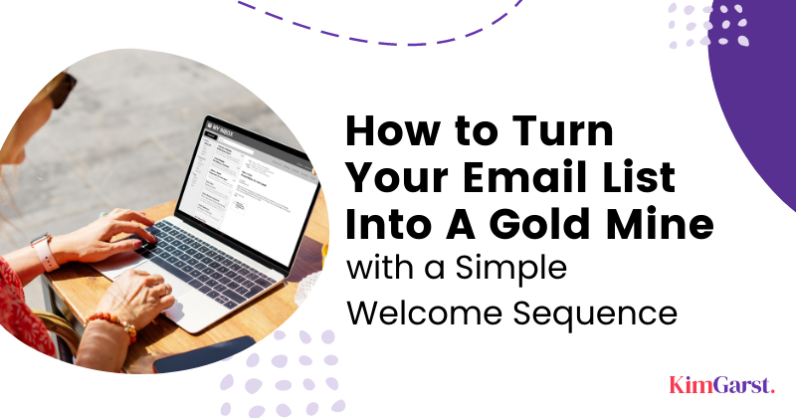
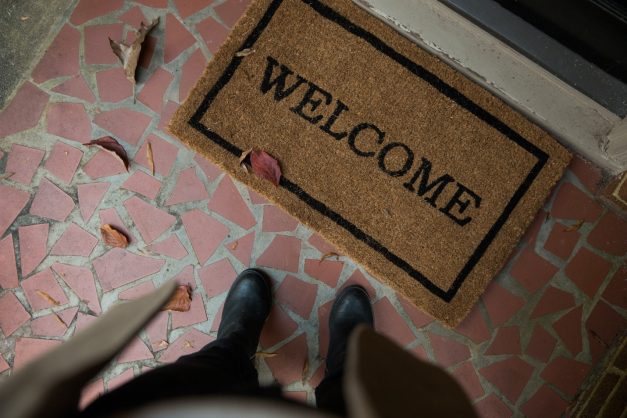


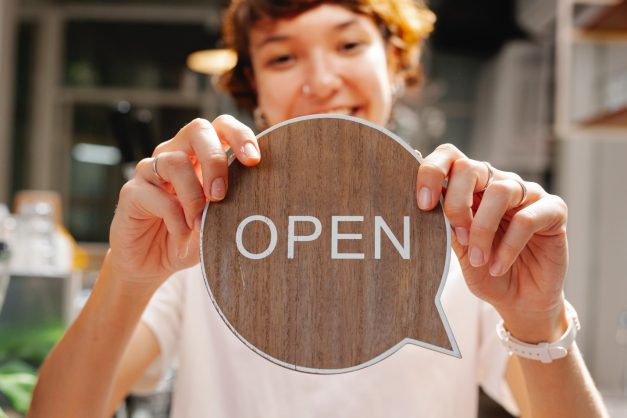
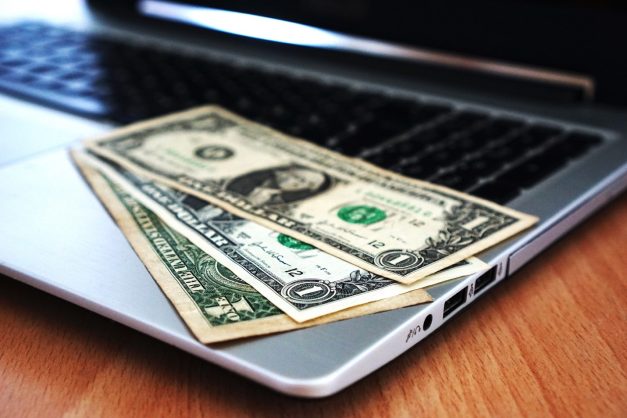
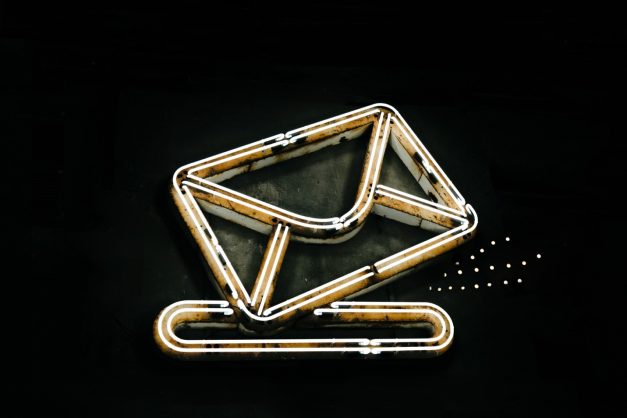

1 thought on “How to Turn Your Email List Into A Gold Mine with a Simple Welcome Sequence”
Thank you! Just read your article. No idea where to start. I am in in the bookkeeping/accounting for SMB area. I m in Ontario Canada.